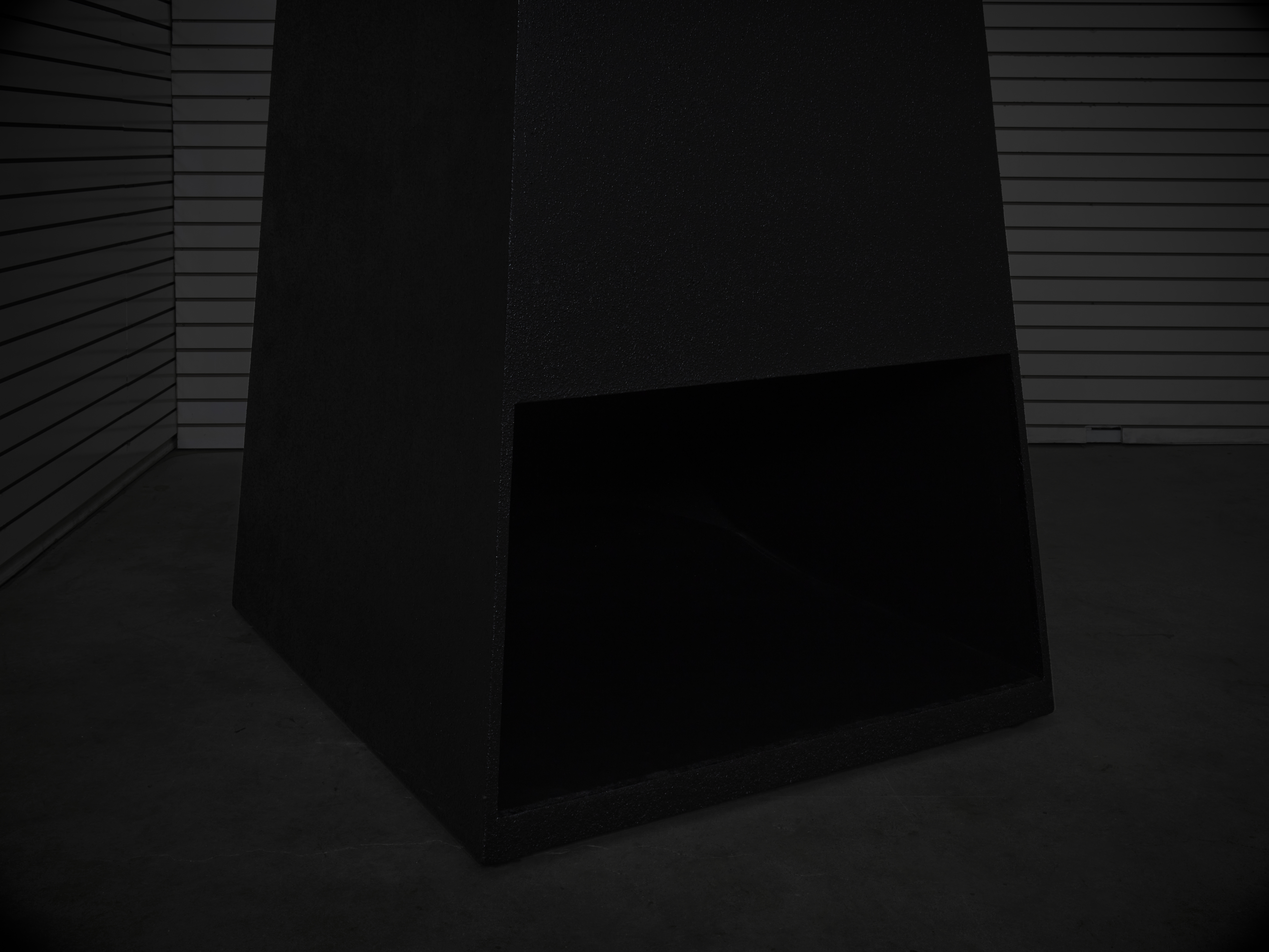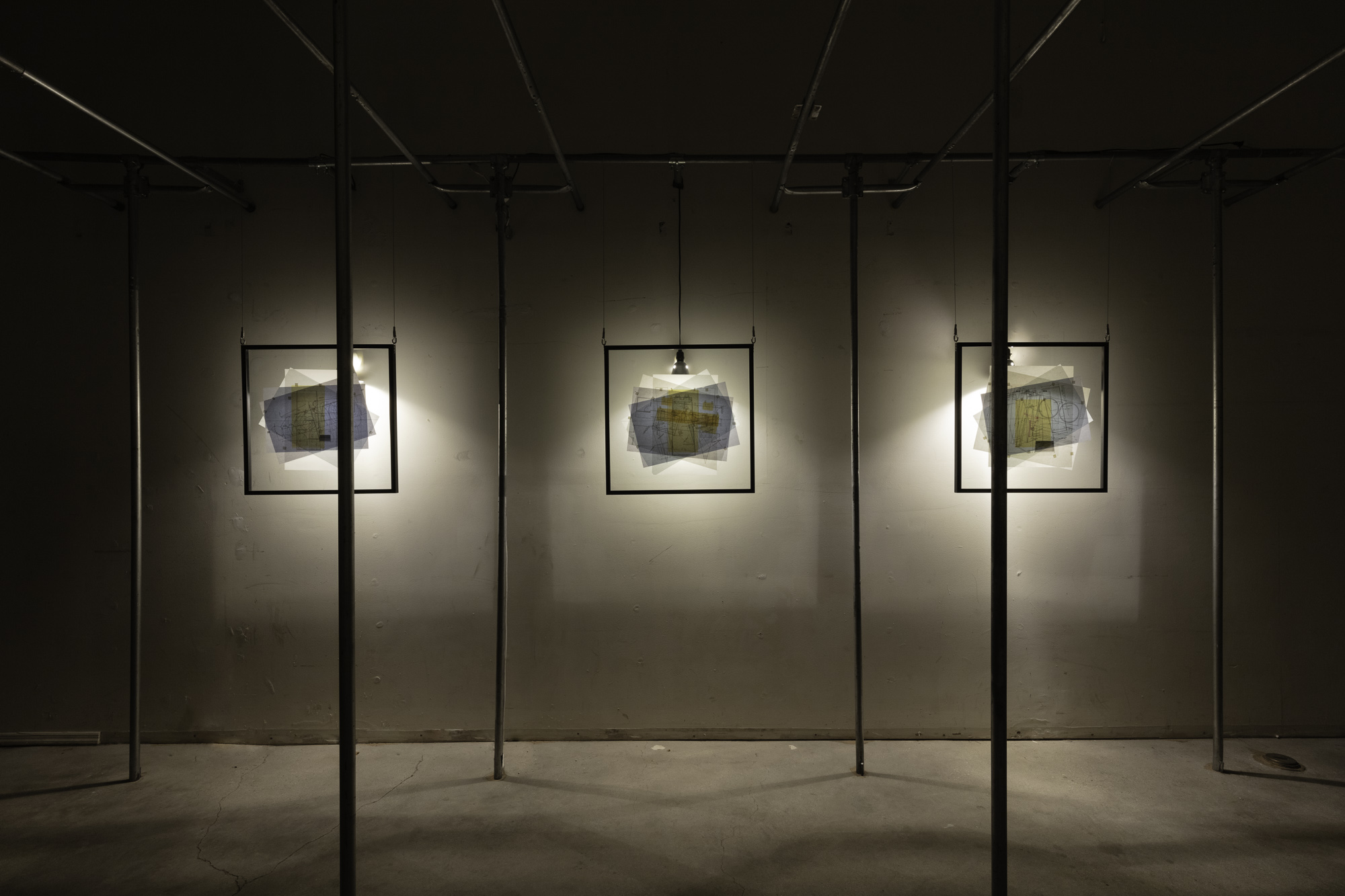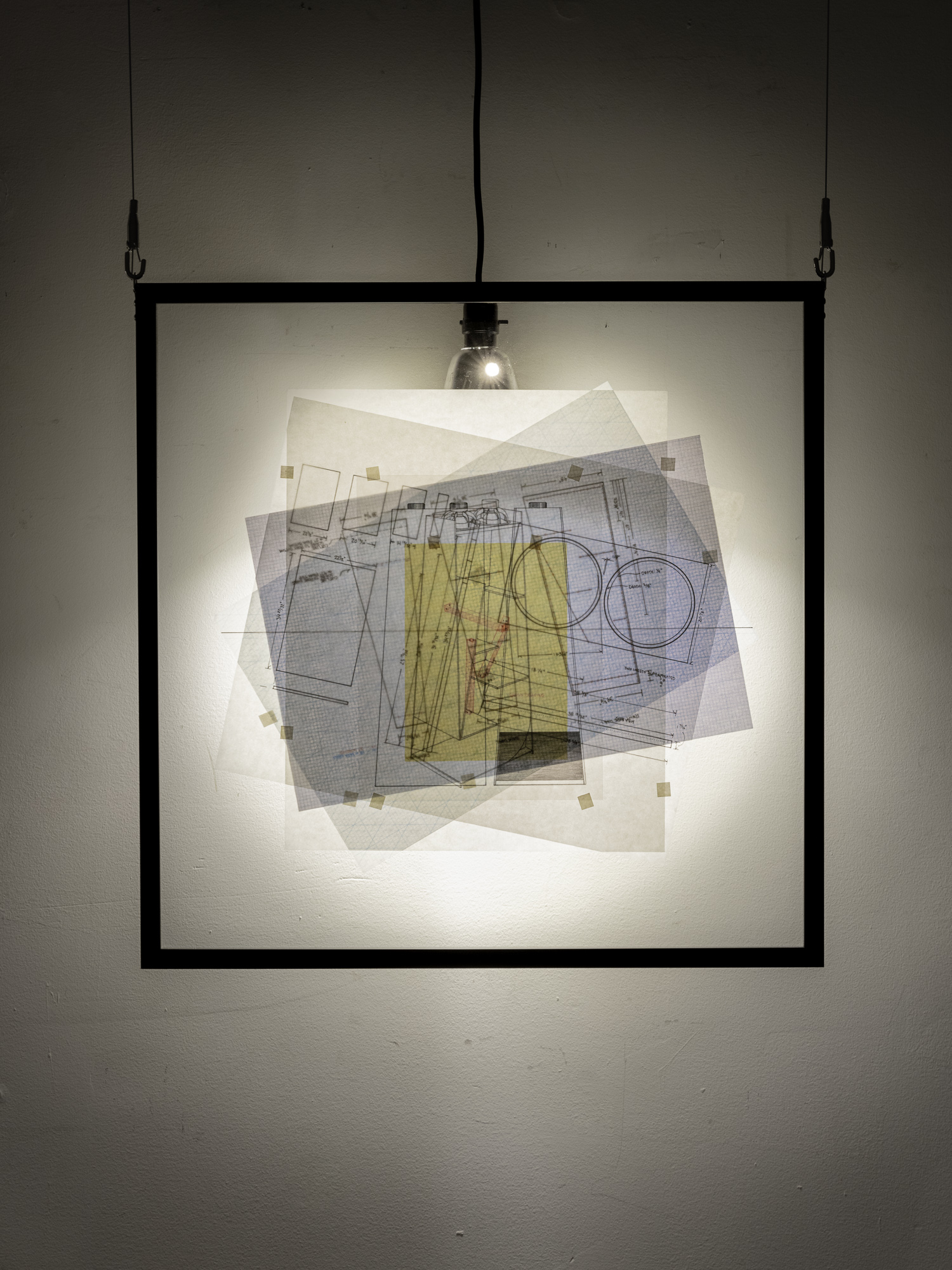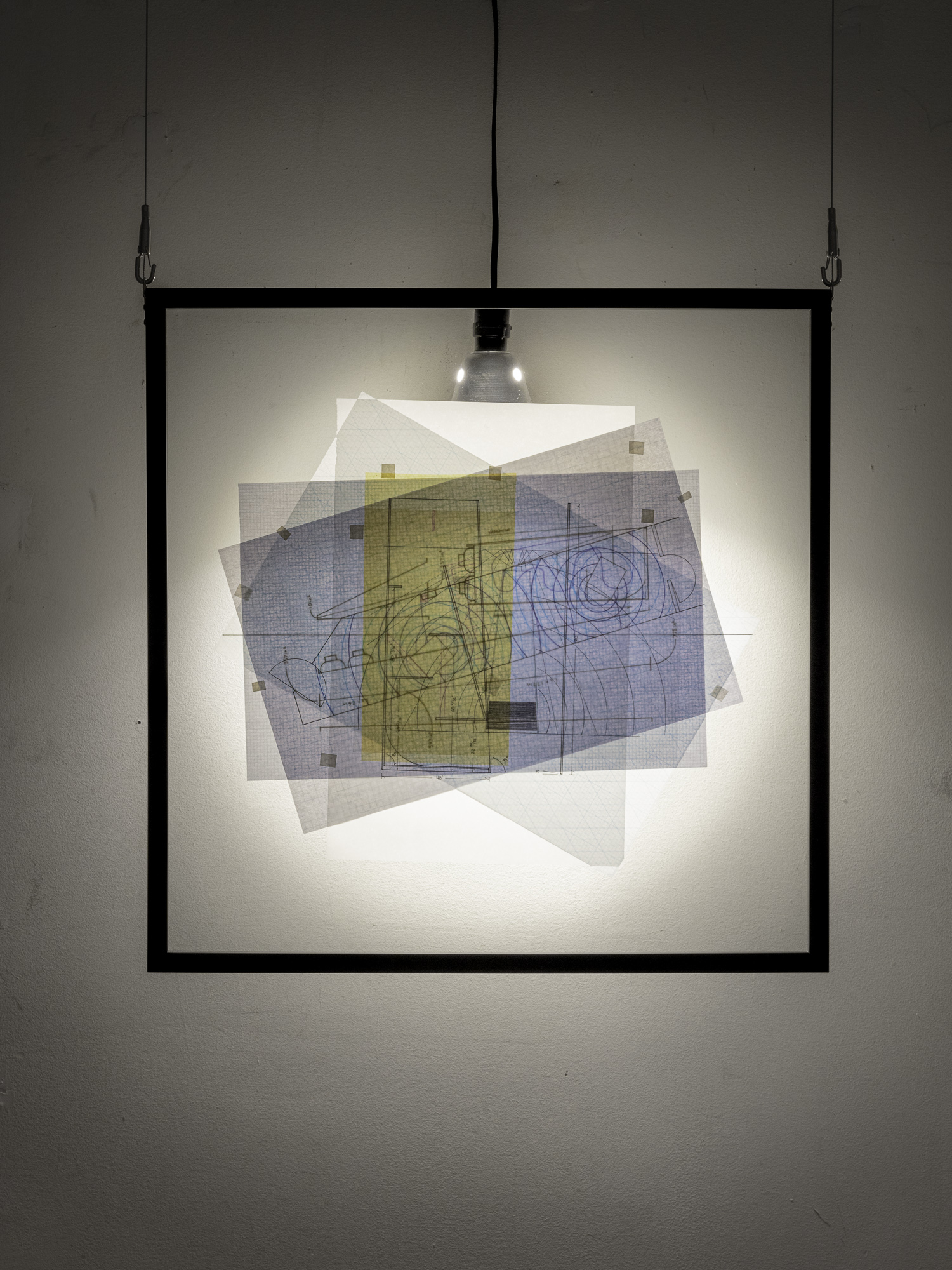The Port of Long Beach Recordings


The Canary Test, Los Angeles, CA
Two-channel durational sound installation with infrasonic subwoofer towers
“Field recordings capture the subsurface vibrations of sand, surf, and distant cargo ships traversing America's largest port”
Photos by Paul Salveson
Phil Peters Bottles the Soundscape of the Global Supply Chain, Hyperallergic.com
Review by Renée Reizman
“As the sun sets over the Pacific, the Port of Long Beach continues to hum. Bright spotlights illuminate rows of towering yellow cranes processing containers from arriving ships. During the day, one can see the queue of cargo ships docked miles out into the ocean but as the sky darkens, they begin to disappear one by one.
The Port of Long Beach is often used to illustrate the huge scale and complexity of the global supply chain and in many ways, it is an ideal symbol; as the country’s largest port, the site symbolizes the modern, global economy.However, the visuality of this description undercuts its potency as a reference for the supply chain. The modern supply chain network functions on a massive temporal and spatial scale, defying traditional representation. Hence, the Port of Long Beach may metonymically represent the supply chain, but it is not itself the supply chain, just a mere node. This raises the question of how to describe the indescribable, an inherently aesthetic question.
Sound recordings provide one potential opportunity to resolve this bind. Sound is irreducible, a temporal process of constant layering, resonating, and negating such that any single, “pure” sound is difficult to isolate. To listen deeply is to be enveloped on all sides, divorced from the tricks of the eye. Though the backlog of cargo ships may slip into the Long Beach horizon, below the surface their churning engines continue to drone on, betraying their disappearance from the field of vision.
In his series of field recordings, Phil Peters uses this quality of sound to open a generative sensual experience. The recordings of the Long Beach Port make for a powerful and unsettling document of this logistical space. One can quickly make out the sounds of water gurgling but what gives the recordings their literal and metaphorical power is a deeper sound “heard” through the body with the aid of Peters’ imposing speakers, this sensory territory is made audible. While visual perception depends on a distance between the perceiving subject and the perceived object, there is no such distinction with sound, echoing Walter Benjamin’s description of Baudelaire’s writing: “The mass is so intrinsic to Baudelaire that in his writings one looks in vain for a description of it.” To hear the work is to be a part of the work.

As the aural territory of the Port, the recordings are not metonyms of this logistical node, they are the port. Once a listening subject is present, the work opens beyond documentation. In one sense, the work’s critical character could not exist without a listener through which the soundwaves can travel, paralleling the relationship of an individual to complex systems like the global supply chain. Global systems like this are near impossible to step outside of, to observe from an idealized, external perspective. Whether as producer or consumer, we are all caught in this web in some capacity. To attempt to study global networks at arm’s length, like studying a painting, precludes a defining trait, namely that there is no true external perspective. Without compromising the literality of the work itself, the experience of it slips into the allegorical language of global capital flows.
There is a danger in drawing these connections of overdetermining the recordings, boxing the ephemerality and limitlessness of sound within a single subjective interpretation. I bring this up to illustrate the slippery irreducibility of sound, as if discussing the work causes it to flee beyond interpretation. Peters’ sound works function critically precisely because they are neither moralizing nor didactic. In fact, they seem to precede language altogether, mirroring capitalism’s scale and expansion without becoming entangled in the murkiness of language. The recordings unlock new sensory perception, the rest is left to the listener.”
Responcive text written by Sampson Ohringer










